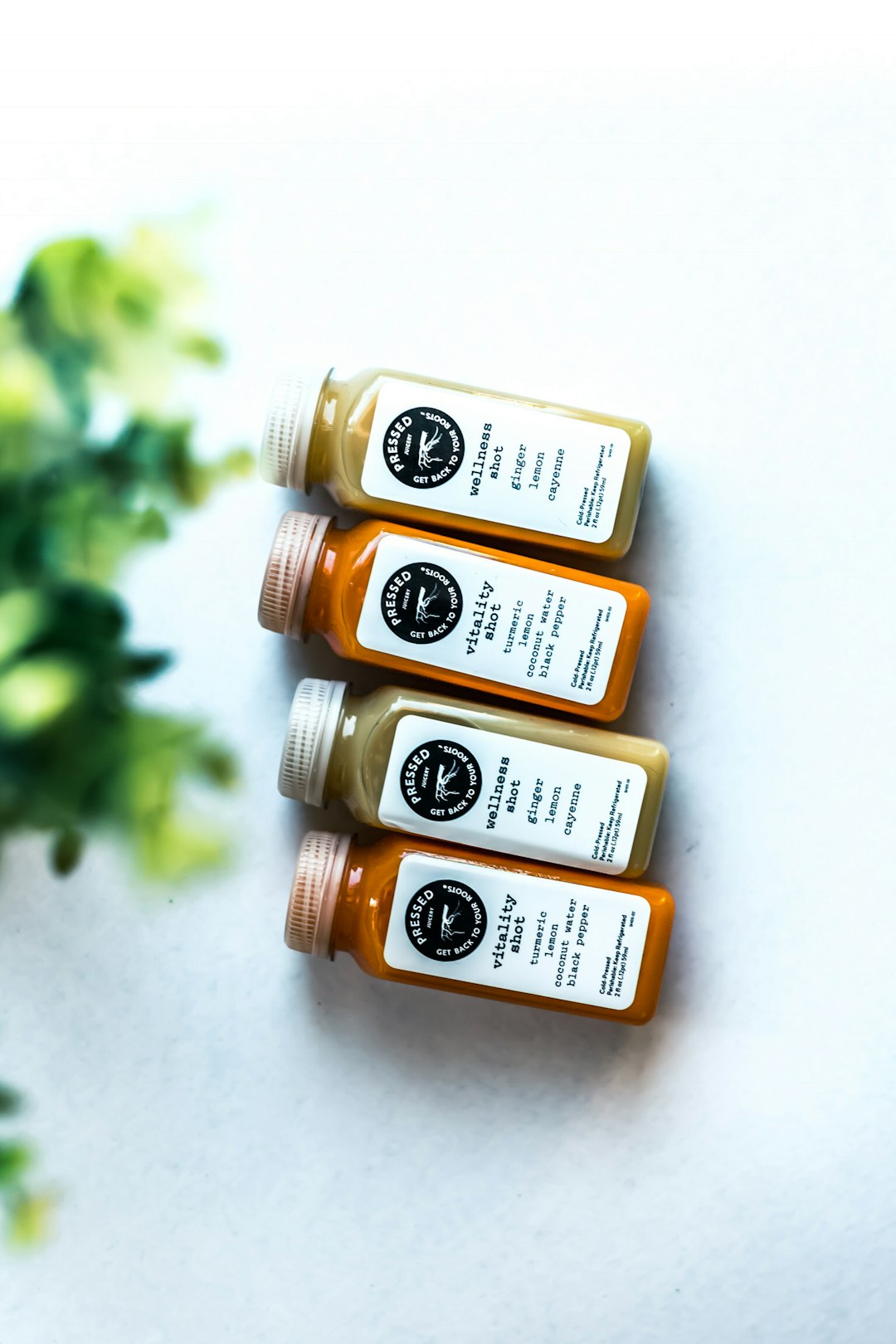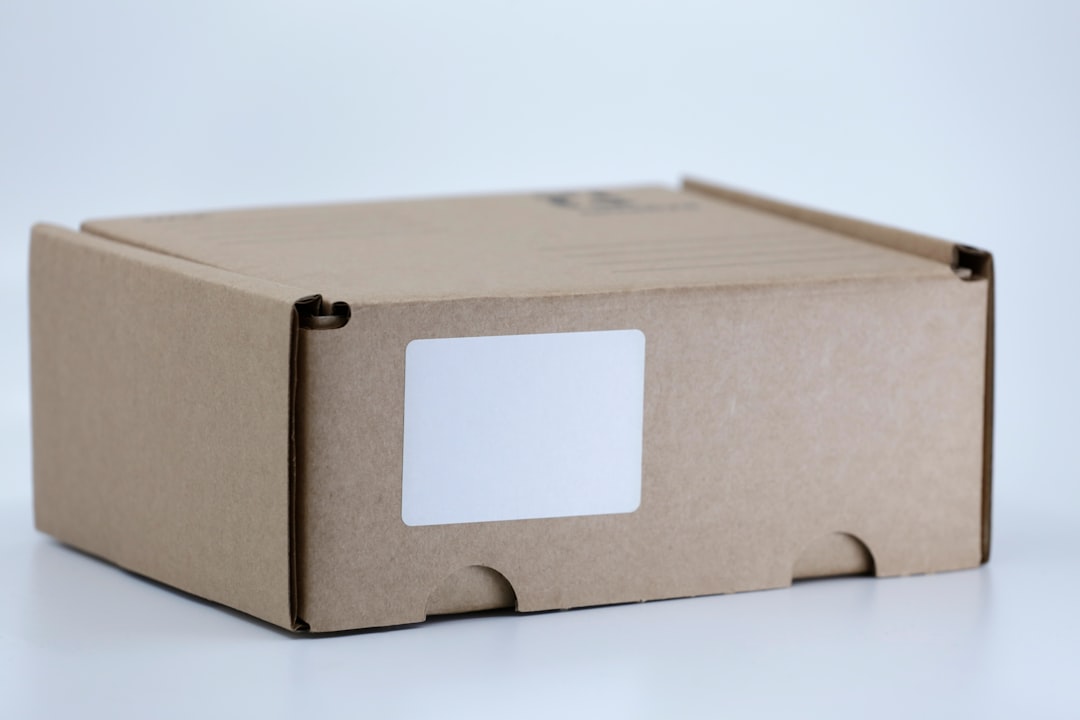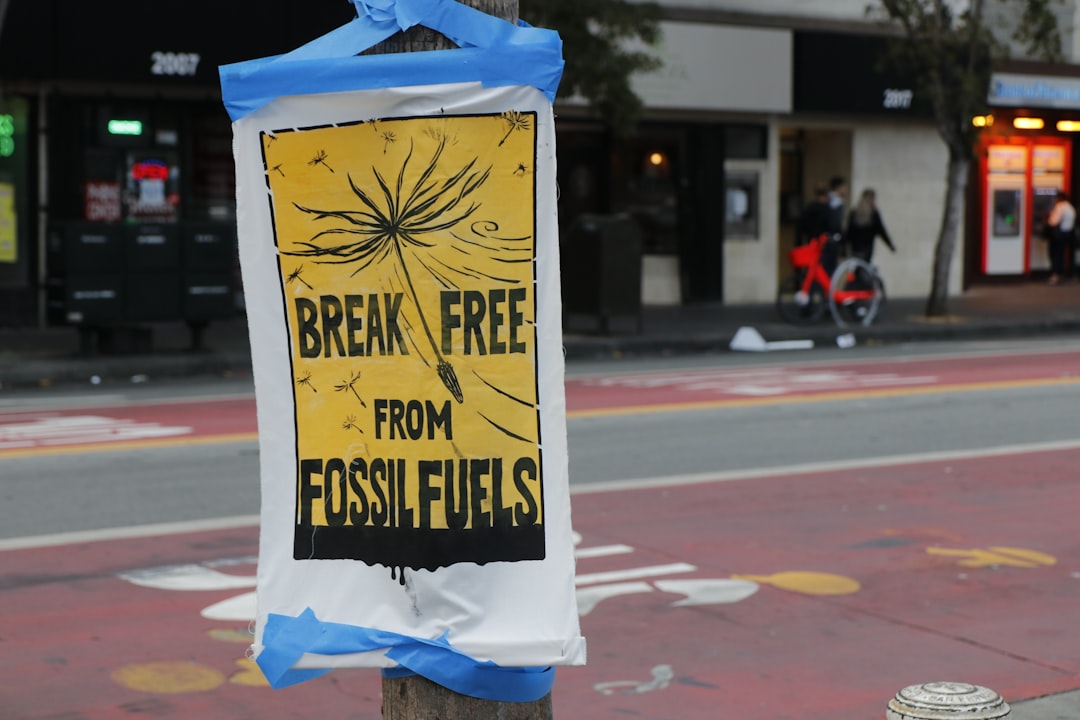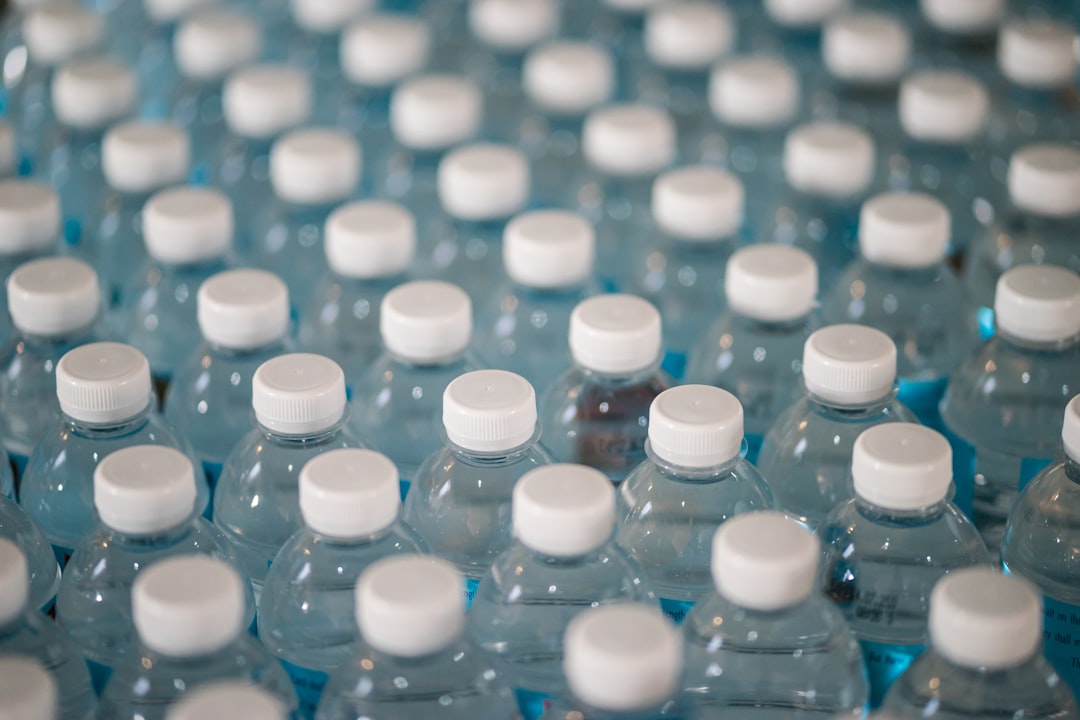When shopping online or in stores, most consumers expect their products to arrive in secure, appealing packages. However, the type of packaging can greatly affect the unboxing experience, recycling ease, and overall satisfaction. Two common types of packaging consumers encounter are standard packaging and frustration-free packaging. Each comes with its own set of benefits and drawbacks.
What is Standard Packaging?
Standard packaging typically refers to the manufacturer’s original packaging, which can include twist ties, plastic clamshells, excessive tape, and even more cardboard or filler than necessary. Designed more for aesthetics and retail shelf appeal, this type of packaging often focuses less on sustainability or ease of opening.
Some of the key characteristics of standard packaging include:
- Often includes plastic inserts, zip ties, or clamshells that require scissors or knives to open
- May use more materials than needed for protection
- Designed for branding and in-store presentation

What is Frustration-Free Packaging?
Frustration-free packaging is an initiative led by companies like Amazon to provide more sustainable and user-friendly packaging options. These packages are made to be easy to open, recyclable, and free of unnecessary materials.
Key traits of frustration-free packaging include:
- 100% recyclable materials
- Minimal and easy-open design
- Ships in the product’s own packaging – no extra box needed
This approach aims to reduce waste and improve customer experience, especially during the unboxing process. Companies are increasingly adopting this method to align with growing consumer demands for sustainability.

Pros and Cons
Standard Packaging
- Pros: Attractive appearance, good for gifting, strong product protection during transit
- Cons: Difficult to open, often uses non-recyclable materials, contributes to packaging waste
Frustration-Free Packaging
- Pros: Eco-friendly, easy to open, less packaging waste
- Cons: May lack visual appeal, limited compatibility with retail shelf standards
Environmental Impact
As environmental concerns grow, more consumers are choosing earth-conscious options. Frustration-free packaging stands out in this regard. Because it’s typically made from fully recyclable materials and designed to reduce overall material usage, it significantly minimizes waste.
In contrast, standard packaging often includes plastic films, twist ties, and foams that are difficult to recycle and may end up in landfills. From an environmental perspective, frustration-free packaging offers a clear advantage.

Consumer Experience
Anyone who has wrestled with a tightly sealed plastic clamshell knows the literal pain of standard packaging. Cuts, scratches, and frustration are common when tools like scissors or knives are required just to open a box. This is where frustration-free packaging shines—it emphasizes an effortless opening experience while keeping the item secure during shipping.
Surveys further indicate that customers appreciate packaging that is both easy to open and environmentally friendly, leaning toward frustration-free solutions especially when shopping online.
Business Perspective
For businesses, choosing the right packaging option involves balancing cost, branding, and sustainability. Standard packaging allows for high-impact branding, which can be crucial in retail settings. Frustration-free packaging, on the other hand, aligns with digital channels and sustainable business goals, appealing to modern, eco-conscious consumers.
Conclusion
While standard packaging still holds its place, particularly in retail environments, frustration-free packaging is quickly gaining favor among consumers and businesses alike. Prioritizing sustainability, user experience, and efficiency, it is better suited to the growing demand for convenient and eco-friendly solutions. Depending on the context—whether it’s in-store shelf appeal or online shopping efficiency—each has its merits. However, for those looking for a greener and more user-friendly solution, frustration-free packaging offers the clear advantage.
FAQs
- Q: Is frustration-free packaging always recyclable?
A: In most cases, yes. Frustration-free packaging is designed to be made entirely of recyclable materials. - Q: Can I request frustration-free packaging when shopping online?
A: Some retailers, like Amazon, offer it as an option during checkout for eligible items. - Q: Does frustration-free packaging compromise on product safety?
A: Not at all. It’s engineered to protect the product just as effectively while being easier to open and more sustainable. - Q: Why do some manufacturers still use standard packaging?
A: Standard packaging often offers better shelf appeal and brand visibility, especially in traditional retail environments. - Q: Will switching to frustration-free packaging cost more for businesses?
A: Initially, it might involve design changes, but in the long run, it may reduce shipping and material costs.


